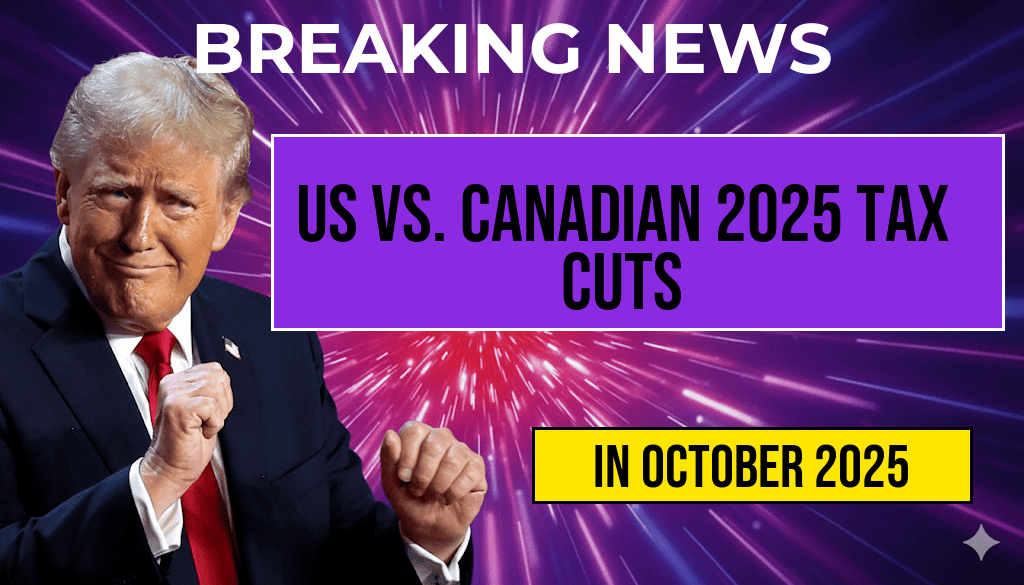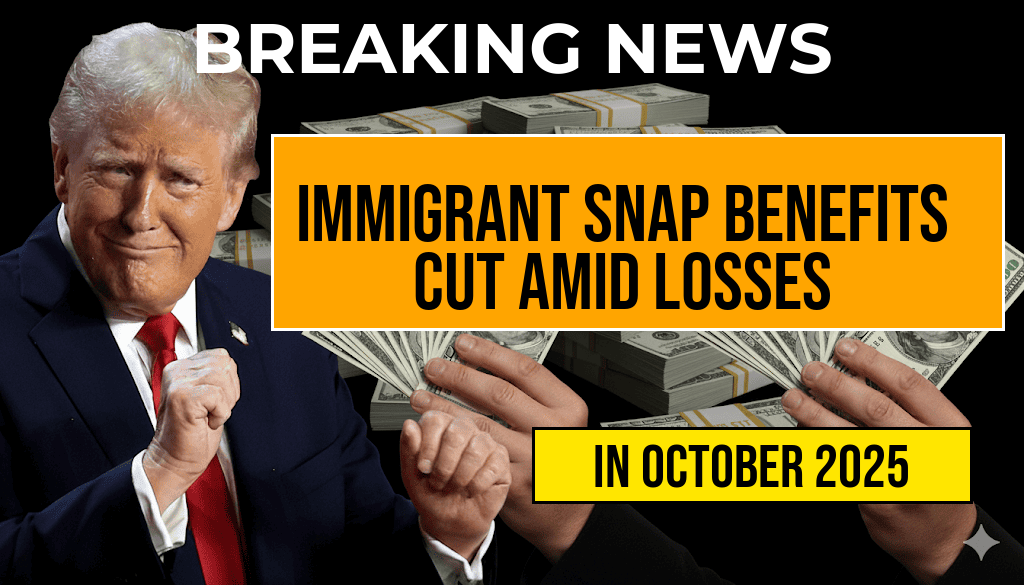As 2025 unfolds, comparisons of tax relief measures between the United States and Canada reveal significant differences in how each country approaches fiscal stimulus and individual savings. The U.S. has implemented a series of targeted tax cuts, amounting to approximately $3,752 per taxpayer, aimed at boosting disposable income and supporting economic growth. In contrast, Canada’s tax reductions—totaling about C$5,200—are part of a broader strategy to enhance middle-class affordability and stimulate consumer spending. These contrasting figures reflect distinct policy priorities, economic conditions, and fiscal philosophies. This article explores the specifics of each country’s tax cut initiatives, examines their potential impacts, and considers how international perspectives shape fiscal policy decisions in 2025.
Overview of U.S. Tax Cuts in 2025
The United States has focused on providing direct relief to individual taxpayers through a combination of temporary and permanent tax adjustments. The core of these measures includes reductions in income tax rates, increased standard deductions, and targeted credits for families and small businesses. According to recent reports from the Reuters, the average tax savings for American households is estimated at around $3,752 annually, though this varies depending on income levels and filing status.
Key Components of U.S. Tax Policy
- Lower Income Tax Rates: The top marginal rate has been reduced from 37% to 35%, providing relief primarily to middle- and upper-middle-income brackets.
- Increased Standard Deduction: The standard deduction has risen to $14,000 for singles and $28,000 for joint filers, reducing taxable income.
- Child and Family Credits: The Child Tax Credit has been expanded, offering up to $2,000 per qualifying child, further increasing net savings for families.
- Business Incentives: Small businesses benefit from simplified tax codes and expanded depreciation options, indirectly supporting employment and economic activity.
Projected Impact on U.S. Economy
Economists suggest these tax cuts could stimulate consumer spending, bolster employment, and foster investment. However, critics argue they may contribute to increased federal deficits, raising concerns over long-term fiscal sustainability. The Congressional Budget Office (CBO) estimates that these measures could add approximately $1.2 trillion to the national debt over a decade, emphasizing the trade-off between immediate economic stimulus and fiscal responsibility.
Canada’s Tax Approach in 2025
Canada’s government has adopted a different trajectory, emphasizing broad-based tax relief aimed at middle-income Canadians. The total tax reductions amount to roughly C$5,200 per individual, with a focus on lowering personal income taxes, enhancing tax credits, and simplifying filings. These measures are designed to improve affordability and support household savings amid rising living costs, as reported by Forbes.
Highlights of Canadian Tax Reforms
| Measure | Description | Estimated Savings |
|---|---|---|
| Lower Income Tax Brackets | Reduction in tax rates for middle-income earners | C$1,800 |
| Enhanced Child Benefits | Increased Canada Child Benefit (CCB) payments | C$1,200 |
| GST/HST Adjustments | Lowered Goods and Services Tax/Harmonized Sales Tax | C$1,000 |
| Personal Deduction Increases | Higher basic personal amount thresholds | C$1,200 |
Implications for Canadian Households and Economy
These reforms aim to bolster middle-class resilience against inflation and economic uncertainties. By increasing disposable income, Canadians may experience heightened consumer confidence and spending. The broader fiscal impact suggests a shift toward income redistribution and social support, reflecting Canada’s emphasis on social welfare policies. While the immediate savings are comparable to U.S. figures in aggregate, the focus remains on equitable relief and sustainability.
International Perspective and Policy Divergence
The contrasting approaches of the U.S. and Canada illustrate differing economic philosophies. The U.S. prioritizes targeted tax cuts aimed at stimulating investment and growth, often with an eye toward short-term economic boosts. Conversely, Canada’s strategy emphasizes broad-based relief with a focus on social equity and household resilience. Both nations are grappling with inflationary pressures, labor market dynamics, and fiscal constraints, shaping their tax policy decisions.
Economic Outcomes and Future Outlook
| Factor | United States | Canada |
|---|---|---|
| Total Tax Savings per Capita | $3,752 | C$5,200 |
| Focus of Policy | Stimulating investment and growth | Enhancing household affordability |
| Fiscal Concerns | Potential deficit increase | Moderate fiscal expansion |
| Long-term Outlook | Mixed effects on debt sustainability | Support for social programs and stability |
As both nations navigate their unique economic landscapes, the effectiveness of these tax cuts will depend heavily on implementation, global economic conditions, and subsequent policy adjustments. Observers suggest that the U.S. may prioritize growth-oriented strategies, while Canada continues emphasizing social support to foster economic resilience.
For further insights into international fiscal policies and economic forecasts, readers can consult resources such as Wikipedia’s Economy of the United States and Wikipedia’s Economy of Canada.
Frequently Asked Questions
What are the main differences between the U.S. and Canadian tax cuts in 2025?
The primary differences lie in the amounts of tax cuts offered, with the U.S. providing approximately $3,752 and Canada offering around C$5,200. Additionally, the approach to tax policy and international perspectives differ, reflecting each country’s economic strategies.
How do the tax cuts impact individuals in the U.S. and Canada differently?
The impact on individuals varies based on tax rates and economic conditions. U.S. taxpayers may see more modest savings, while Canadian taxpayers could benefit from larger tax reductions, influencing disposable income and spending power.
Why is the international perspective important when comparing U.S. and Canadian tax cuts?
The international perspective provides insight into how each country’s tax policies align with global economic trends and competitiveness. It helps understand the broader economic implications of these tax changes.
What factors are considered when comparing the effectiveness of the 2025 tax cuts?
Key factors include economic growth, government revenue, public services, and income inequality. These elements determine how well the tax cuts support economic stability and social equity.
Will these tax cuts influence international business and investment strategies?
Yes, tax cuts can significantly impact international business decisions and investment strategies. Countries with more favorable tax policies, like Canada in this comparison, may attract more foreign investment and business expansion.







